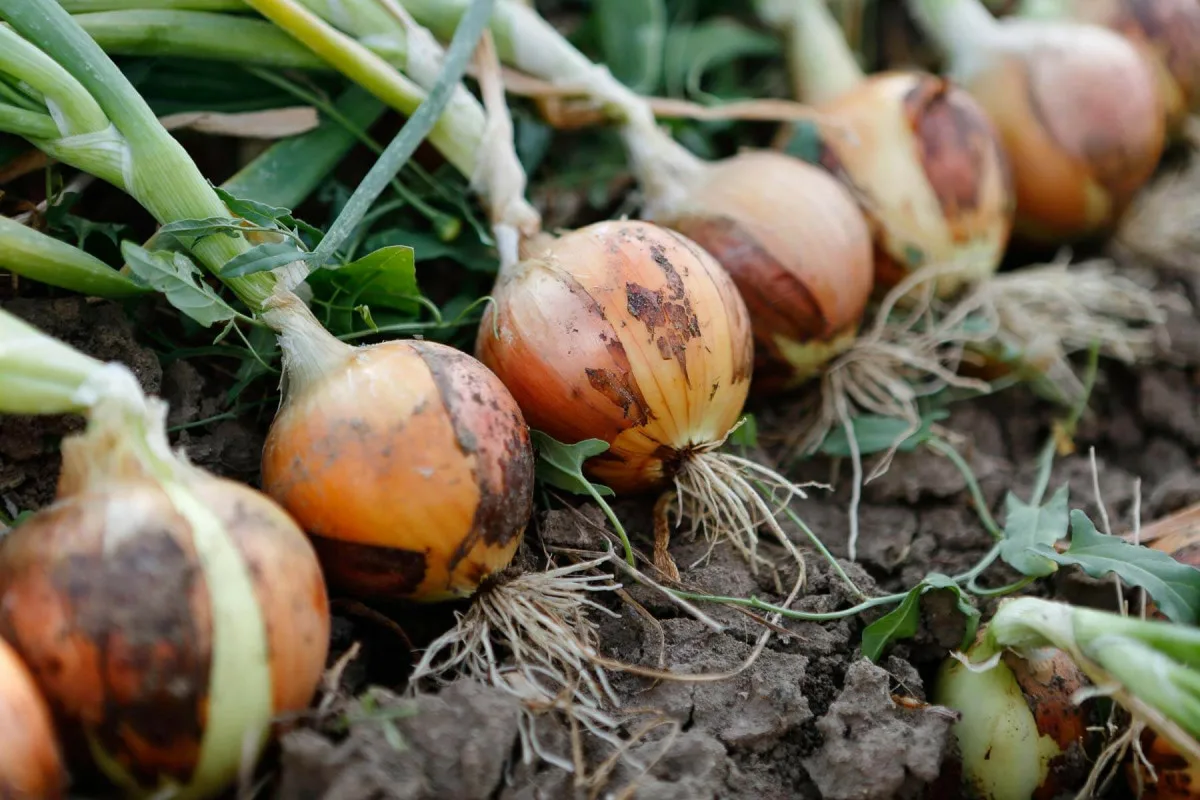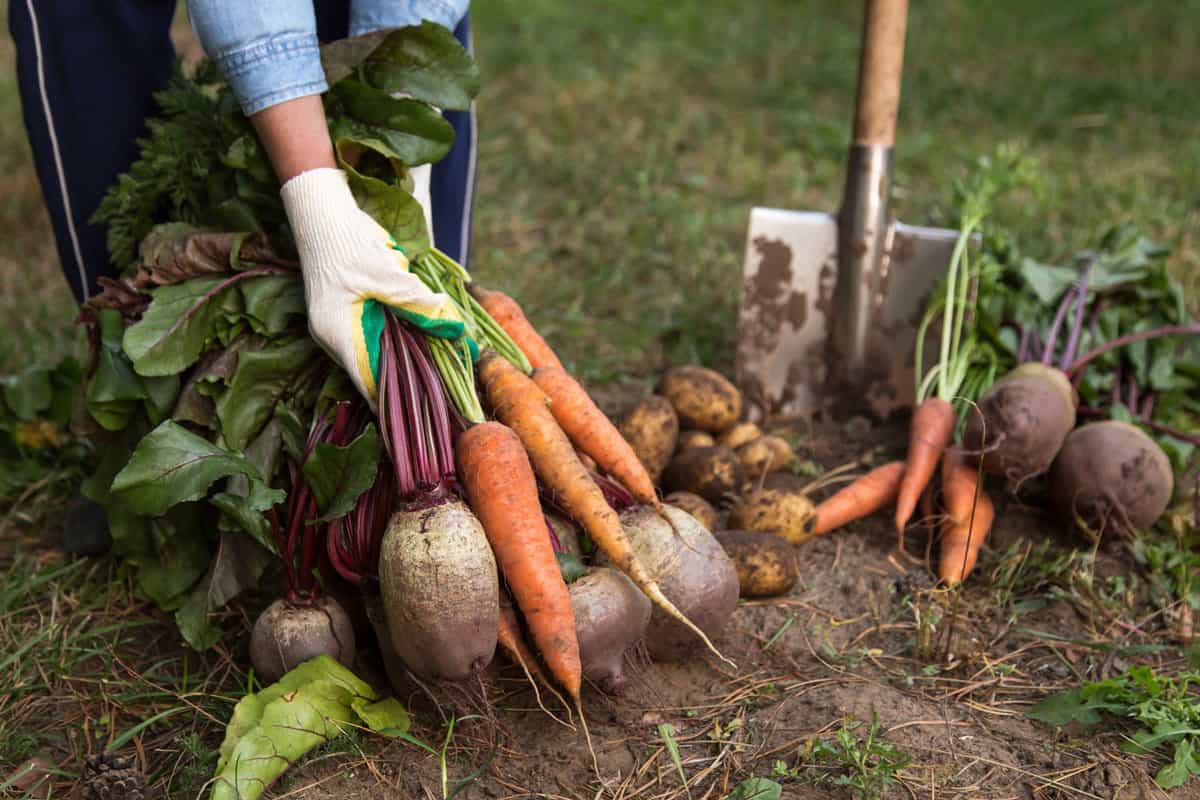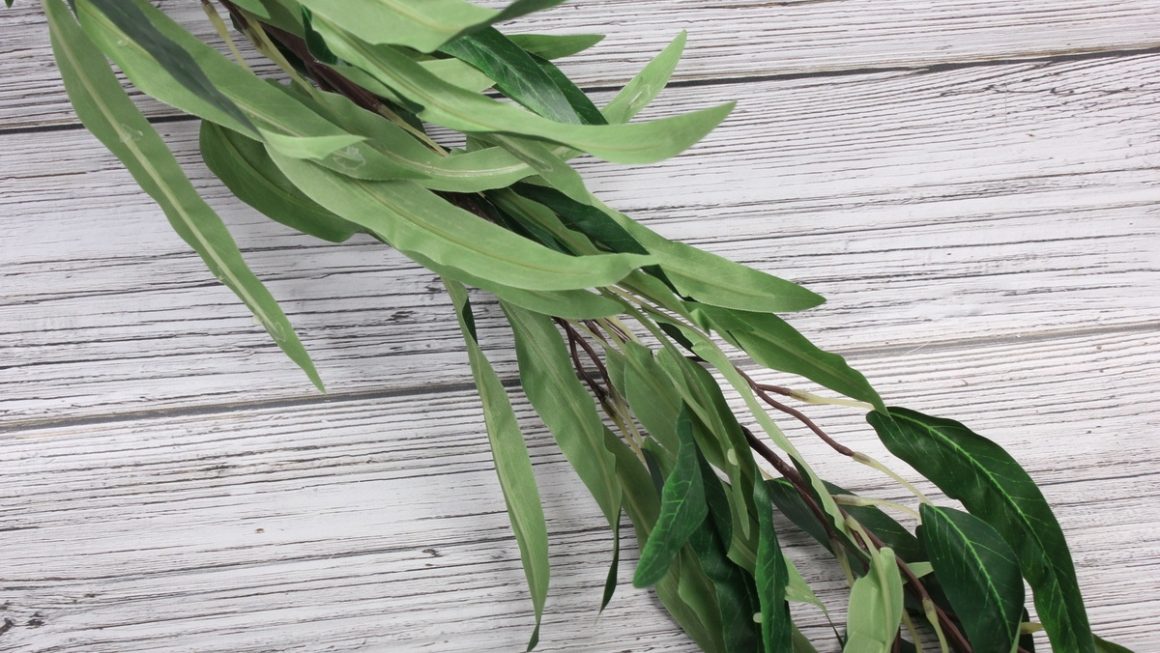Did you think you were done with your vegetable garden until next spring after your last summer harvest? Well, think again, because this little step after harvesting can make these autumn vegetables grow back as if by magic.
Growing your own vegetables allows you to enjoy delicious fresh produce at home, without having to go to the greengrocer. But once the last summer harvests are in and autumn approaches, it’s rare for new shoots to appear. However, thanks to this simple step after harvesting, it’s possible to maximise the production of certain autumn vegetables, which can resume rapid growth without the need for sowing or planting.
Many vegetables have a strong capacity for regeneration, meaning they can regrow from the base or roots left in the ground. This phenomenon, called vegetative propagation, allows certain species to restart their growth after being cut. All you need to do is manage your harvest carefully to encourage this natural regrowth. This is particularly true of leeks, spring onions, root parsley, cabbage and Swiss chard, which often regrow from the heart. Leafy salads, spinach and celery can also produce new leaves if you don’t cut them too short when harvesting.

To do this, simply leave a piece of root in the ground after harvesting to encourage regrowth. It’s a simple and economical way to enjoy new harvests in the autumn without too much effort! To easily regrow these autumn vegetables, it is advisable to leave at least 5 cm of root in the ground, taking care not to cut too short, as this may prevent regrowth. Do not level the soil completely: the plant must retain a point of regrowth. Regular watering and light mulching will help maintain the moisture necessary for regrowth. Adding compost or natural fertiliser can also revitalise plants that have been weakened by harvesting. Within a few days or weeks, new shoots will appear, providing a second harvest before winter.




